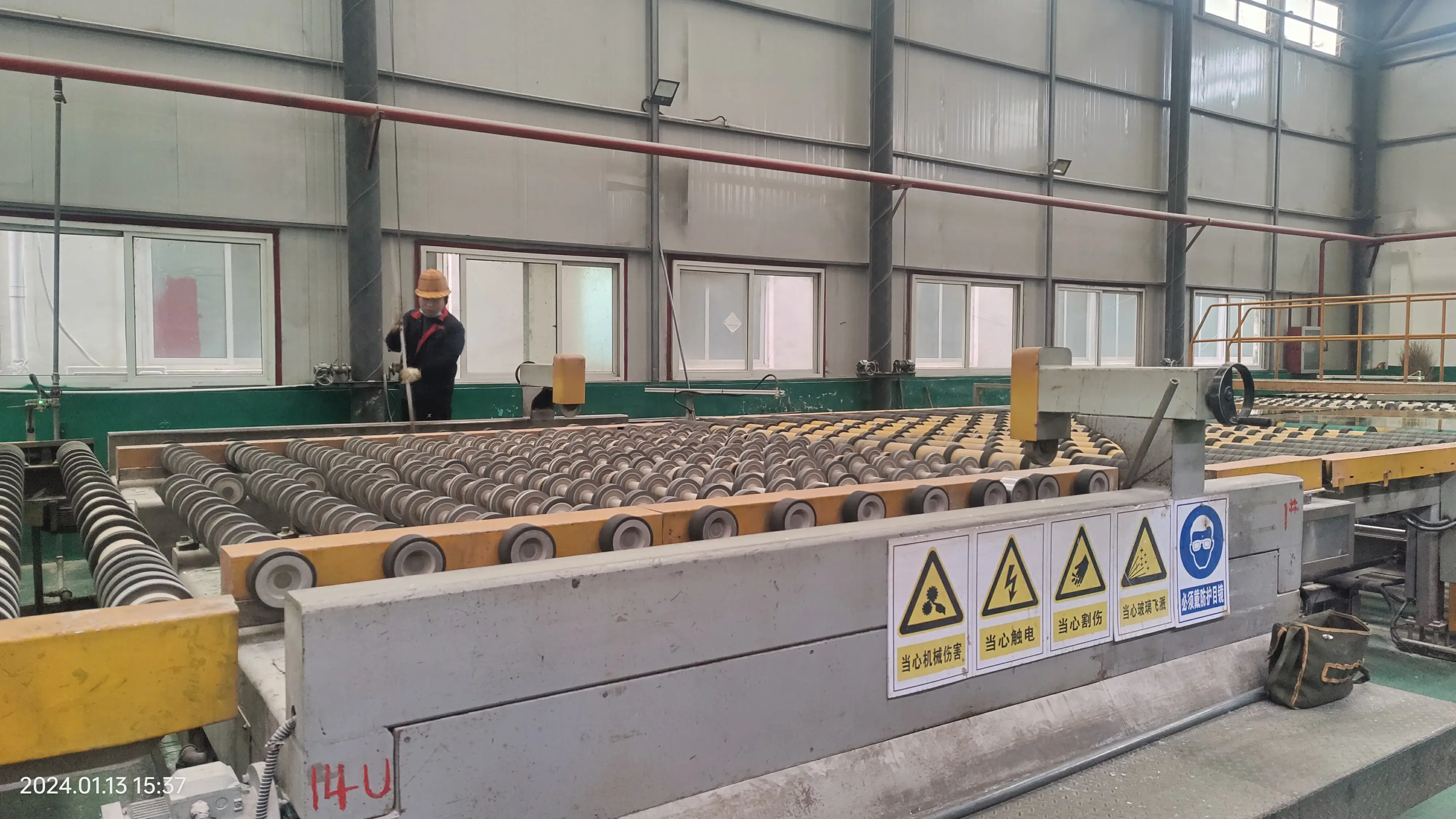

The Float Glass Factory A Marvel of Modern Manufacturing
The float glass industry has evolved remarkably over the decades, spearheading innovations that have revolutionized the way we perceive and utilize glass in our daily lives
. At the heart of this transformation lies the float glass factory, a specialized facility that epitomizes technological advancement and efficiency in glass production.Float glass, known for its exceptional clarity and uniform thickness, is produced through a meticulous process developed by Sir Alastair Pilkington in the 1950s. The process begins with the careful selection of raw materials, which typically include silica sand, soda ash, and limestone. These components are combined in precise proportions to create a batch that is then melted in a furnace at temperatures exceeding 1,700 degrees Celsius. The high temperature is essential for converting the raw materials into a molten glass state.
Once the glass reaches its molten form, it is poured onto a bath of molten tin. This is the defining step of the float glass process. The glass spreads out over the tin's surface, allowing it to achieve a smooth, flat, and even thickness. The use of tin not only facilitates a flawless surface but also provides a stable environment that ensures uniform cooling. This method is what sets float glass apart from other types of glass, making it ideal for applications that require transparency and strength.
In a modern float glass factory, the production process is highly automated and monitored using advanced technologies. State-of-the-art machinery and equipment control every aspect of glass manufacturing, from batch preparation to melting, forming, and annealing. Continuous monitoring systems track temperature and glass quality, ensuring that the final product meets strict industry standards. This level of precision significantly reduces defects and enhances the overall efficiency of production.

The cooling stage, known as annealing, is another critical phase in the float glass manufacturing process. Here, the glass is gradually cooled in a controlled environment, allowing it to relieve internal stresses and achieve optimal strength. The annealing lehr, a long tunnel oven, plays a crucial role in this stage, where the glass relaxes and settles into its final form. This meticulous attention to detail ensures that the float glass is not only visually appealing but also structurally sound.
Once the glass exits the annealing lehr, it undergoes rigorous quality control inspections. Experienced technicians examine the glass for any imperfections, such as bubbles, waves, or deviations in thickness. This quality assurance process is essential, especially considering the diverse applications of float glass in construction, automotive, and consumer goods sectors.
The versatility of float glass is evident in its wide range of applications. It is commonly used in windows, facades, mirrors, and even electronic displays. The aesthetic qualities of float glass, combined with its energy efficiency and durability, make it a preferred choice for architects and builders alike. Furthermore, innovations in coatings and treatments enhance the performance of float glass, allowing for the development of energy-efficient and smart glass solutions that respond to environmental changes.
In conclusion, the float glass factory is a testament to modern manufacturing prowess. Through a harmonious blend of traditional craftsmanship and cutting-edge technology, float glass production has become a cornerstone of the glass industry. With its continued evolution, the float glass factory not only delivers high-quality products but also plays a vital role in meeting the growing demands for sustainable and efficient building materials in our rapidly changing world. As we look to the future, the advancements made in float glass technology will undoubtedly shape the landscapes of our cities and the very way we interact with our environment.